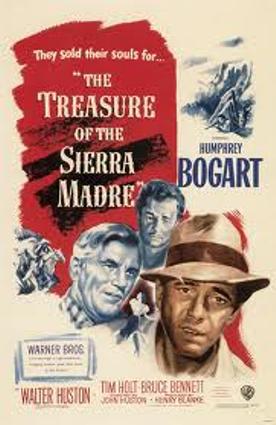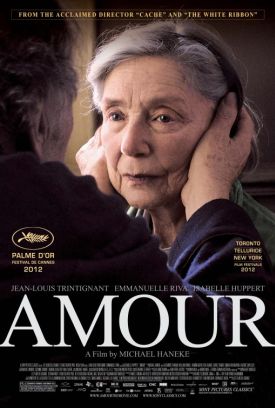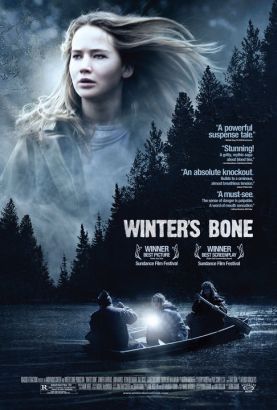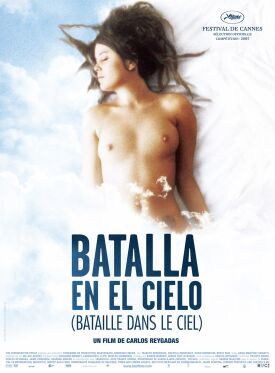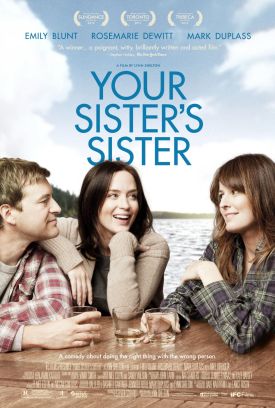Girlhood
Since the first cinematic maiden was tied to the first celluloid railroad track, the juxtaposition of feminine youth, beauty and innocence with violent death has been part of the movies’ stock-in- trade. Even today, after decades of feminist insistence on the extirpation of any remaining differences between the sexes, the combination of violence and young women still has the power to shock. Lately, for example, we have had beautiful young women dying in Sylvia, Beyond Borders, and Mystic River, while they are on the dishing-out as well as the taking end of violent processes in S.W.A.T., Swimming Pool, Magdalene Sisters and Thirteen — to say nothing (which is the best thing to say) about Kill Bill.
Even Matchstick Men teases by making us think that the young innocent is in danger and then pulls its slick reversal by showing that the young innocent is the danger. That kind of inversion of expectation has become almost a cliché of the contemporary cinema, like the invincible, male-baffling, high-kicking fighting style of Charlie’s Angels or Lara Croft, Tomb Raider — and yet it is still, somehow, experienced as unexpected. Could this be because the movies are unlike real life in treating violence as an act of self-definition for young women just as it used to be for young men? I’m only asking.
Girlhood
by Liz Garbus is the latest picture to exploit the visceral reaction produced by putting girls and gore together. Ms Garbus, who earlier made the prison documentary The Farm: Angola, U.S.A (1999), has now taken her camera inside a juvenile correctional institution, the Thomas J. S. Waxter Children’s Center in Maryland, and picked out two of the inmates, Megan and Shanae. Megan is a 16 year-old runaway from ten of eleven foster homes (her mother is in jail for prostitution and drugs) and is guilty of criminal assault and assault with deadly weapon. Shanae, 14, seems to come from a normal family, but she stabbed another girl to death when she was 11.
The title suggests a focus on the same contrast that recently made Thirteen so compelling. In that film, awful as were the two girls who were the main characters, there was still something of that little-girl sweetness about them, the stuffed animals and the Barbie dolls and the girlish giggles, which made what they were so determinedly turning themselves into all the more horrifying. There is nothing of that in Girlhood, whose title turns out to be wholly ironic. There is almost nothing in it resembling a normal or traditional girlhood. The sense of waste and wrong and mistaken experience is unrelieved.
Nor are Megan and Shanae, apart from their highly interesting capacity for violence, in the least atttractive on Ms Garbus’s showing. They are merely pathetic and deluded by a popular culture which has never given them anything to aspire to beyond their own desires and impulses. So far as this film is concerned, the whole female world might as well be supposed to resemble the stunted world of these two girls — a result of its refusal to be what is called “judgmental.” Innocence has never existed here. Shanae talks in matter-of-fact fashion of getting drunk and losing her virginity at 10 and being raped at 11. No wonder that Megan says she feels “an like old woman trapped in a young woman’s body.”
The most interesting part of the picture is Shanae’s interview with the board of another institution where she wants to go in preference to the Waxter Center. The only time when she gives anything more than programmatic responses to the questions is when she expresses a shy curiosity about the fact that “people can kill people” — a fact which she takes as a reason “why I got to read my psychology books.” And, she tells them, she “just got new one: abnormal psychology.”
Her willingness to look at her own life as presumably her keepers and Ms Garbus do, as the outcome of a mysterious process that is happening to her like an illness and that goes under the name of “psychology” points up the film’s lack of a sense of moral perspective. Apparently without the slightest notion of individual responsibility, it takes on a voyeuristic quality. Ms Garbus told Julie Salamon of the New York Times that she was “drawn” to Shanae “because of her disarming directness and the chilling indifference with which she regards her ferocious crime.” In fact, this was what “compelled” her to make the film.
A “chilling indifference” to murder is compelling in the same way that a two-headed calf or any other freak of nature is compelling. Still, in a way it is reassuring that, even today, conscienceless killers, particularly young and female ones, are sufficiently rare that they may come to be exhibited as curiosities in Ms Garbus’s cinematic sideshow.
Discover more from James Bowman
Subscribe to get the latest posts to your email.



